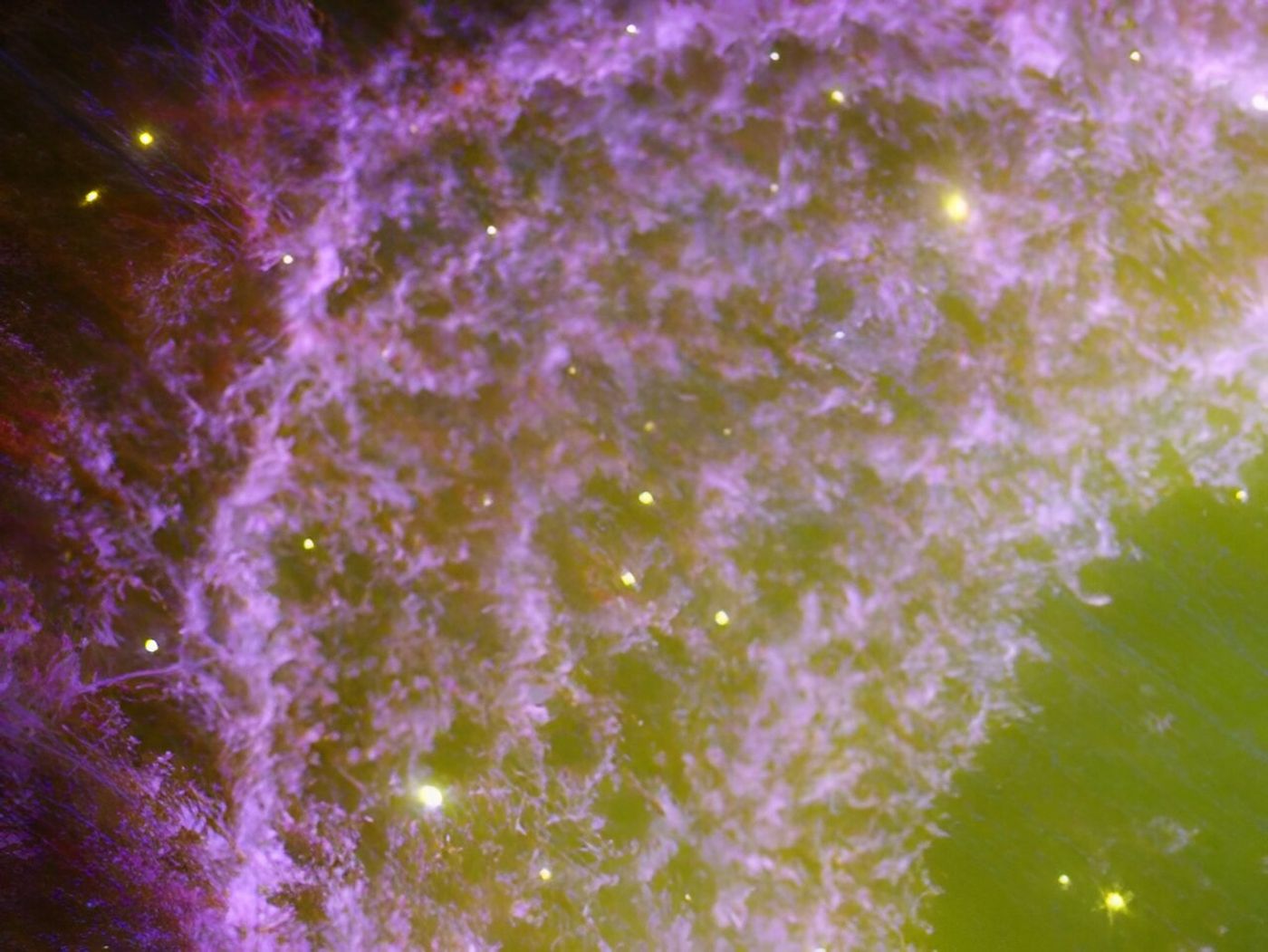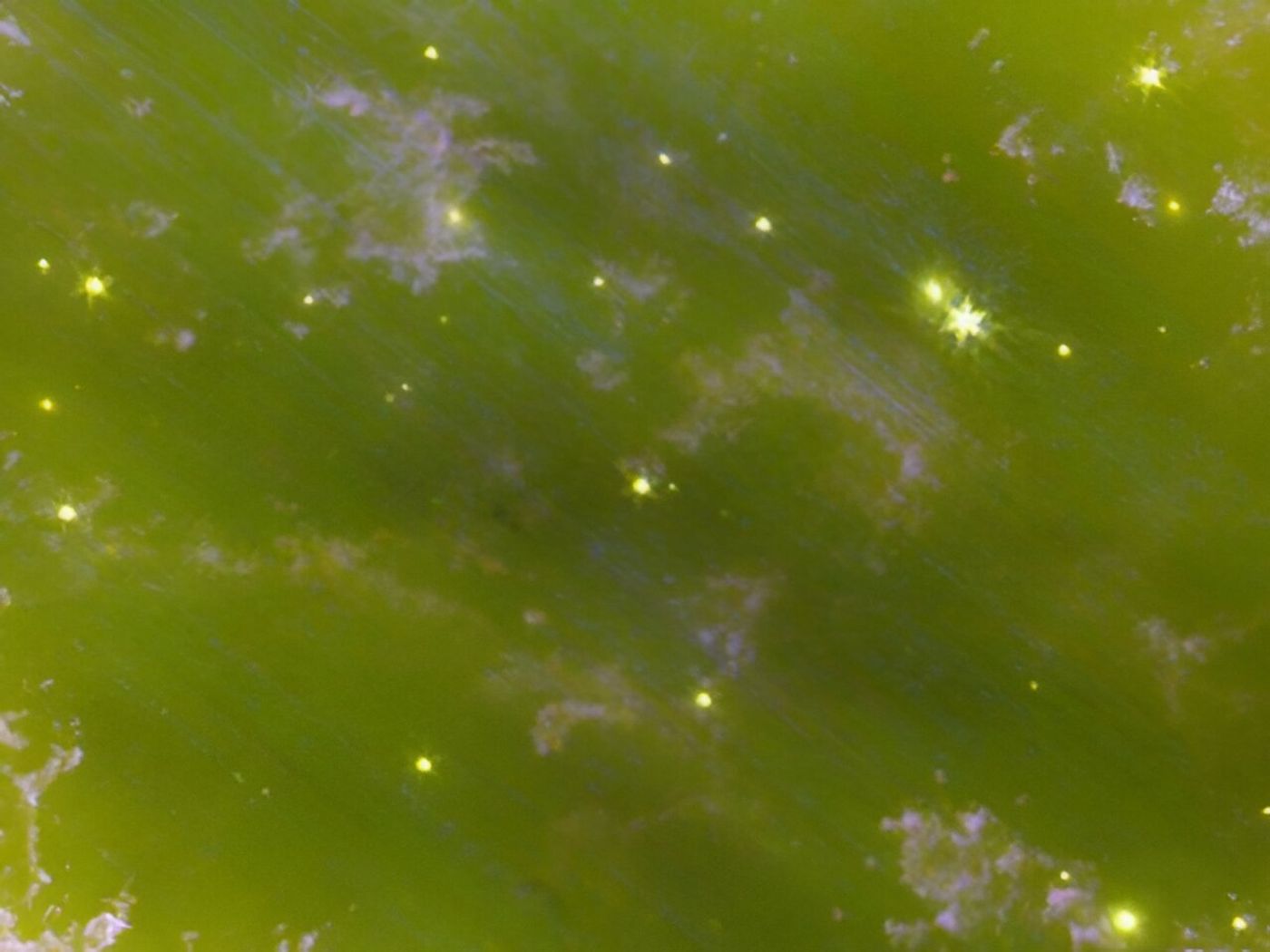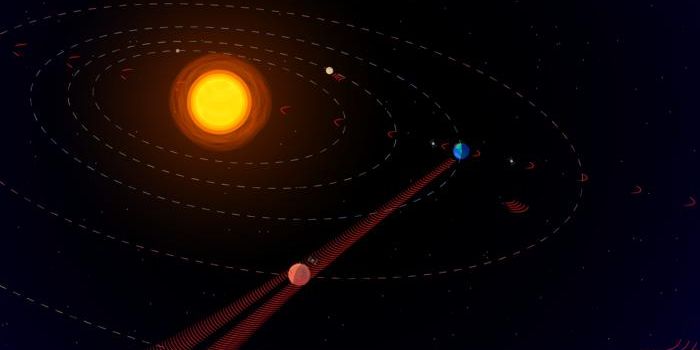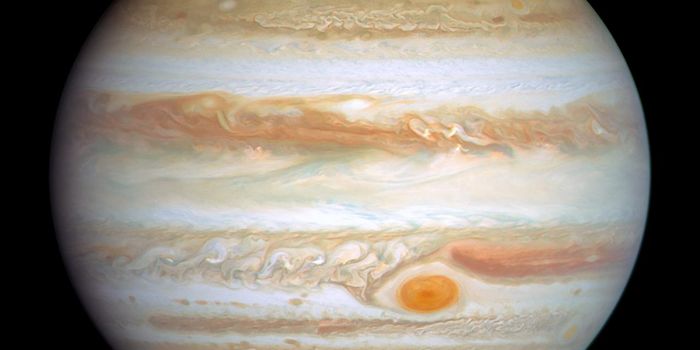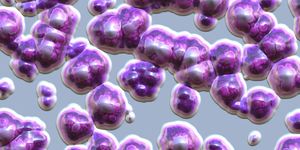Ring Nebula's Intricate Beauty Revealed in Unprecedented Detail by JWST
Messier 57, more commonly known as the Ring Nebula, is a planetary nebula located approximately 2,600 light-years from Earth and about one light-year across. It is one of the most well-known celestial objects in the night sky, having been photographed by NASA’s Hubble Space Telescope on several occasions. But recent images of the Ring Nebula taken by NASA’s James Webb Space Telescope (JWST) Near-Infrared Camera (NIRCam) offer both scientists and the public some of the most detailed views into this intriguing celestial wonder that has captivated skywatchers for decades.
Messier 57, commonly known as the Ring Nebula, was recently imaged in incredible detail by NASA’s James Webb Space Telescope. (Credit: NASA/ESA/CSA/Institute for Earth and Space Exploration/JWST Ring Nebula Imaging Project)
"The James Webb Space Telescope has provided us with an extraordinary view of the Ring Nebula that we've never seen before,” said Dr. Mike Barlow, who is an Emeritus Professor of Physics a& Astronomy at the University College London, and lead scientist of the JWST Ring Nebula Project. “The high-resolution images not only showcase the intricate details of the nebula's expanding shell but also reveal the inner region around the central white dwarf in exquisite clarity.”
Close-up image of small clumps that comprise the outer edge of the Ring Nebula, which the team estimates could be 20,000 clumps. These clumps possess molecular hydrogen and represent the cooler and denser regions of the Ring Nebula. (Credit: NASA/ESA/CSA/Institute for Earth and Space Exploration/JWST Ring Nebula Imaging Project)
While scientists are still trying to understand the processes behind the intricate patterns within the Ring Nebula, color filters are used to isolate the various chemical elements present, allowing astronomers to learn about the nebula’s chemical composition. While the colors in this most recent image don’t specify which chemical elements they represent, past Hubble images of the Ring Nebula identify helium in the center of the bubble, hydrogen and oxygen as part of the inner ring, and nitrogen and sulfur in the outer ring.
Close-up image of the central part of the Ring Nebula, with the brightest star (six spikes next to the dimmer star halfway to the upper right) being the dying star responsible for producing the nebula. (Credit: NASA/ESA/CSA/Institute for Earth and Space Exploration/JWST Ring Nebula Imaging Project)
Planetary nebulae are formed when a star sheds its outer layers at the end of its life, leaving behind a white dwarf and a region of gas and dust that encircles it. This contrasts with a supernova remnant (SNR), which is the result of a star exploding that blasts its fragments into space up to 10% the speed of light. Given our own Sun will become a planetary nebula when it dies billions of years from now, studying them helps scientists gain a better understanding of our star’s fate and the processes behind it.
"These images hold more than just aesthetic appeal; they provide a wealth of scientific insights into the processes of stellar evolution,” said Dr. Nick Cox, who is an astronomer at ACRI-ST France, and co-lead for the JWST Ring Nebula Project. “By studying the Ring Nebula with JWST, we hope to gain a deeper understanding of the life cycles of stars and the elements they release into the cosmos.”
As noted, these most recent images were taken with JWST’s NIRCam instrument, but images from JWST’s Mid-Infrared Instrument (MIRI) are stated to be coming soon, which could offer even more breathtaking views of this mysterious and awe-inspiring nebula.
What new discoveries will astronomers make about the Ring Nebula in the coming years and decades? Only time will tell, and this is why we science!
As always, keep doing science & keep looking up!
Sources: Wikipedia, NASA, EurekAlert!, European Space Agency, NASA (1)

